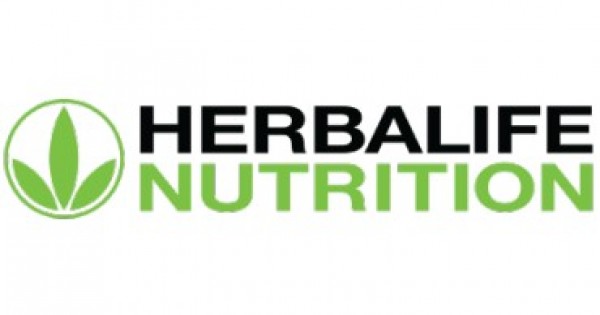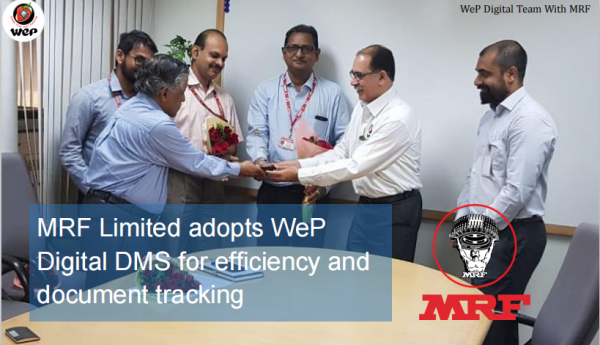How Jet Airways reduced its overall carbon footprint by having a controlled printing in all of its offices and airports.

Jet Airways commenced operations as a passenger air taxi service on April 1, 1992. On May 5, 1993, it began commercial operations with a leased Boeing 737 fleet from Malaysia Airlines. In 1995, Jet Airways became the first Indian airline to be granted scheduled airline status after applying in January 1994 and being accepted on January 4, 1995. That was the day Mr. Naresh Goyal launched Jet Airways to compete with India's state-run Indian Airlines.
Jet Airways was printing around 50 million copies of paper each year, including payroll documents, in-house flight materials, flight plan documents, customs documents, passenger lists, tickets, and other critical documents across all their offices and regional airports. Their administration department was responsible for the airport's high-end copiers, while their IT department was responsible for the office's print infrastructure. Numerous internal and external stakeholders were involved in the contract renewal process for high-end copiers and office printers, and since the whole print infrastructure was so ambiguous, it was very difficult for them to keep track of overall printing. There were loopholes, little supervision, and much additional money was spent on maintaining the decades-old print infrastructure. Since airlines operate on very tight schedules, Jet relies on its printer vendors to deliver quick service. Delays result in thousands of unhappy customers. In the absence of an effective MPS provider, the responsibility for resolving such difficulties is often delegated to busy IT personnel who are also responsible for a variety of other tasks.
That's when the Jet IT team understood just how critical it is to work with an effective MPS vendor. Jet examined WeP's promptness, commitment, and capability and joined hands with India’s best-managed print service provider.
Challenges
- The print infrastructure for airports and Jet Airways regional offices was maintained by different vendors, so it was very difficult to monitor printing expenses.
- The majority of printers installed at airports were more than a decade old and often had operational issues.
- Due to decentralised functions, it was very difficult to enable controlled printing.
- Some of the older vendors who had been in the system for a long time were not doing regular preventive maintenance on the printers.
- Because none of the previous vendors implemented secure printing, the document's confidentiality was jeopardised, and the amount of printing was excessive.
- There was no centralised billing; therefore, invoicing and contract renewals were handled by multiple stakeholders from each region.
- Existing suppliers had difficulty offering services within the airport since they needed clearance from BCAS and MIAL, so they had to transport the printer outside for repair and maintenance.
- The unavailability of a dedicated resident engineer at airports specifically for dealing with unexpected breakdowns.
- A backup printer was not placed at a critical location.
- Other challenges included increasing paper waste around printers at the headquarters, invoice submission delays, and a lack of security, control, and monitoring.
Solution
- Wep's first airline customer was Jet Airways and understanding the airline sector was critical. So, in collaboration and interaction with Jet's IT team, WeP presented the step-by-step deployment strategy.
- WeP conducted an analysis of their office infrastructure and business needs and provided the architecture, landscape design, risk mitigation strategy, scope of work, and customised service level agreement.
- WeP, being brand agnostic, provided a mix of different OEM printer models across several airports and regional offices to help them optimise their print infrastructure.
- Installing remote monitoring software on deployed printers enabled the Jet’s IT team to monitor the printers' health, such as toner status, paper jam, pages printed, and many other alerts. This also aided in the proactive logging of support calls when they were required.
- WeP obtained 5-year BCAS authorization and successfully managed the printer fleet at Mumbai and Delhi airports with a dedicated resident engineer with permanent AEP (Airport Entry Pass) specifically for dealing with unexpected breakdowns.
- WeP provided standby printers at all crucial locations where company operations, such as ticket printing, flight plan printing, etc., were important.
- Wep implemented a print server that dramatically reduces paper waste with monitoring and reporting technologies such as Intelligent Print Policy Management, Job Accounting, Quota Management, Pull Printing, and Pin/Card Authentication.
- Change management and employee acceptance were also important, which is why our resident engineer and Jet's IT team helped each Jet employee learn about controlled printing.
- All of these factors were very instrumental and contributed significantly to the project's completion.
Result
- WeP believes in a brand-agnostic strategy that helped Jet optimise their print infrastructure, resulting in enhanced productivity and cost savings.
- With centralised invoicing and renewals, Jet's IT staff focused on other daily activities while being certain that the printing process was stable and safe with effective MPS.
- Our best-in-class multilocation support consequently increased their overall productivity.
- Secured printing ensures no unclaimed printed documents and overall print security.
- Paper waste and carbon footprint were reduced when a controlled print strategy was implemented and energy-efficient printers with high-yield toner were installed.
- We delivered a solution that was reliable, fast, easy to operate and ensured high levels of uptime.
- Wep achieved the highest reach in Jet Airways by delivering service on a printer installed at Mr. Naresh Goyal's residence.
Managed Print Services is a customised service that varies by industry. For example, the FMCG sector's business needs may be different from those of the aircraft industry. As a result, it was vital to comprehend business objectives and develop solutions that benefited both parties. With Jet Airways, Wep obtained excellent expertise in the airline industry. Jet Airways was one of the most significant airline clients of WeP with around 300+ printers installed across 33 major cities and airports.
Even today, Wep has the honour of serving Jet Airways.
About WeP Digital
WeP Digital is a leading solution provider of Managed Print Services (MPS) in India. The company aims to create a user-friendly work environment with technology-based and result-oriented solutions. With over a decade of experience in the managed print services solutions business and more than 24,000+ printers installed, across more than 2000+ pin codes across the country, WeP has been catering to different business verticals like BFSI, Manufacturing, Healthcare, Pharmaceuticals, and many more.
With WeP’s Managed Print Service, organisations can: -
- Reduce costs associated with printing and copying.
- Overcome IT staff pain points and reduce staff time spent on managing and supporting imaging devices.
- Increase the level of support provided to end-users.
- Focus on other business-critical priorities.
- Contribute to environmental objectives.
WeP provides innovative solutions focused on making document management and paperwork-heavy business processes in offices and public authorities more efficient and economic. Their solutions ensure document security and sustainability.






